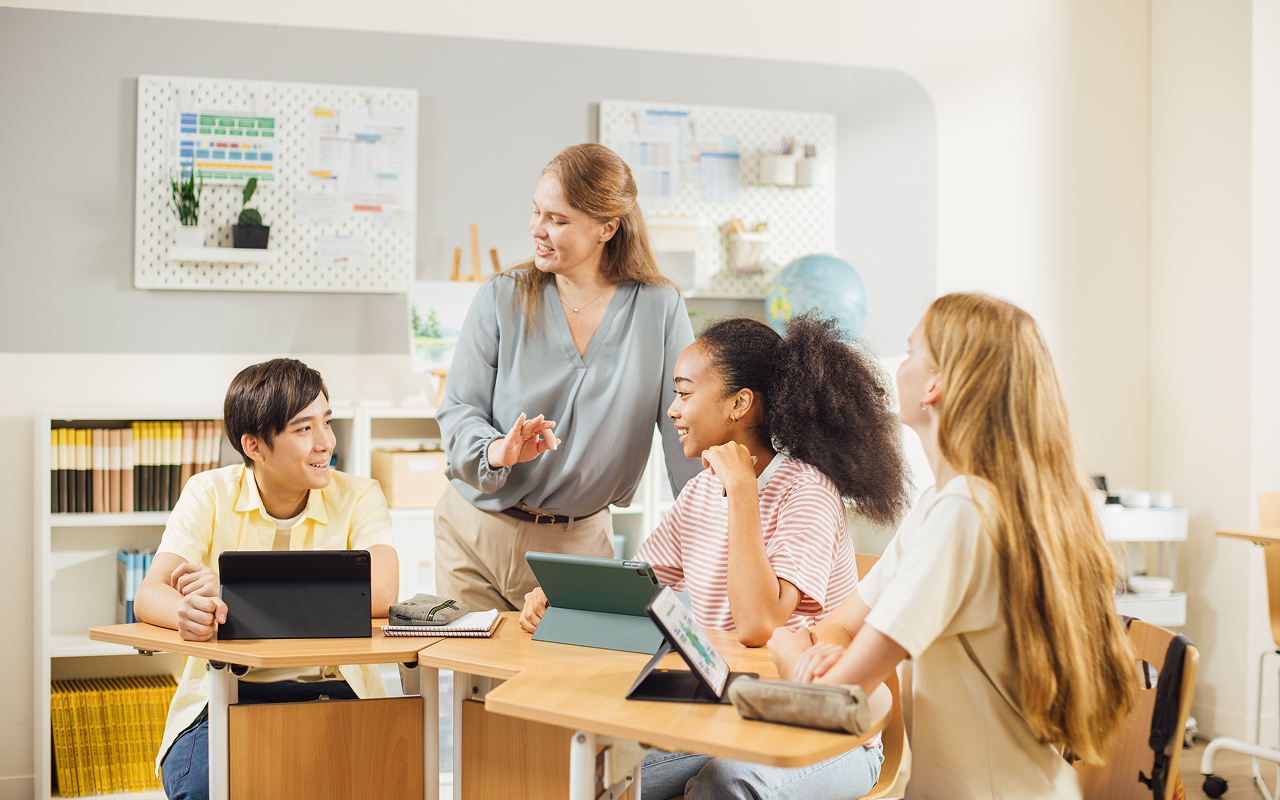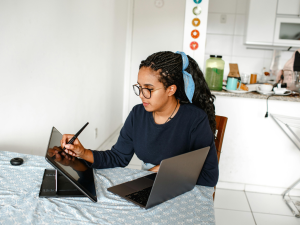In 2025, many schools are rethinking their technology rules. Some classrooms have banned laptops. Others encourage Bring Your Own Device (BYOD). The guiding question behind both choices: Are devices enhancing or disrupting learning?
Let’s explore how new classroom device policies—in both banning and BYOD forms—are changing educational experiences and student engagement.
Why the Device Debate Is Heating Up
Originally, granting students device access meant greater resources and seamless digital assignments. But now, instructors see unintended downsides: notifications, digital multitasking, and fragmented attention.
So educators are wondering: Is the laptop supporting learning, or distracting it?
Some schools enforce strict laptop bans during lectures or discussions. Others embrace BYOD, trusting students to manage their own tools responsibly.
Which approach is working—and for whom?
Option 1: Laptop Bans in Schools
Why schools adopt bans:
- Research shows device screens can distract not just the user but classmates nearby.
- Handwritten notes may boost recall and learning retention.
- Bans help address equity concerns in classrooms without universal device access.
Student reactions:
- Some report better focus without screens.
- Others feel disadvantaged when they rely on digital tools for coding and research.
Option 2: Controlled Screen Use
What it looks like:
- Devices are permitted only for designated tasks such as research, coding, or quizzes.
- Teachers use digital tools to lock screens or track active use.
- Students receive guidance on when and how to use technology effectively.
Why it works:
- Balances autonomy with healthy screen habits.
- Encourages mindful tech use, instead of outright restriction.
- Builds real-world digital skills and self-regulation.
Option 3: Bring Your Own Device (BYOD)
What BYOD means:
- Students bring personal laptops or tablets into classroom settings, often syncing with cloud-based platforms and LMS.
Advantages:
- Saves school resources and hardware costs.
- Students can customize their learning tools and workflows.
- Supports real-world tech literacy and independence.
Considerations:
- Risk of widening the digital divide if some students can’t afford devices.
- Screens are harder to monitor for off-task behaviour.
- Classroom reliance on stable internet connectivity increases.
Beyond Bans: Teaching Digital Literacy
Simply banning devices won’t improve digital responsibility. What actually helps is intentionally teaching tech skills:
- Instruct students on effective note-taking—whether digital or analog.
- Use apps that reduce distractions by controlling notifications.
- Introduce screen boundaries—in the form of “tech-free zones” or short device breaks.
- Empower students with the choice and responsibility to manage their digital tools effectively.
What Schools Should Really Measure
The success of any device policy should be judged not by compliance, but by learning engagement:
- Are students focusing better with analog tools?
- Are they innovating and coding effectively on their devices?
- Is device use enhancing learning, or simply feeding habit loops and distraction?
Effective device policies focus on outcomes—not rule enforcement.
Final Thoughts
Whether it’s a laptop ban, a managed BYOD setup, or structured state-of-the-art classroom tools—the most effective device policy is one built around student well-being, agency, and educational engagement.
By involving students in policy conversations and balancing freedom with accountability, schools create classrooms where curiosity and critical thinking thrive—screens or not.
Ascend Education supports the development of digital literacy, designed to work with any classroom policy. Our courseware helps teachers and students navigate this new era of tech-based education with flexibility and insight.






